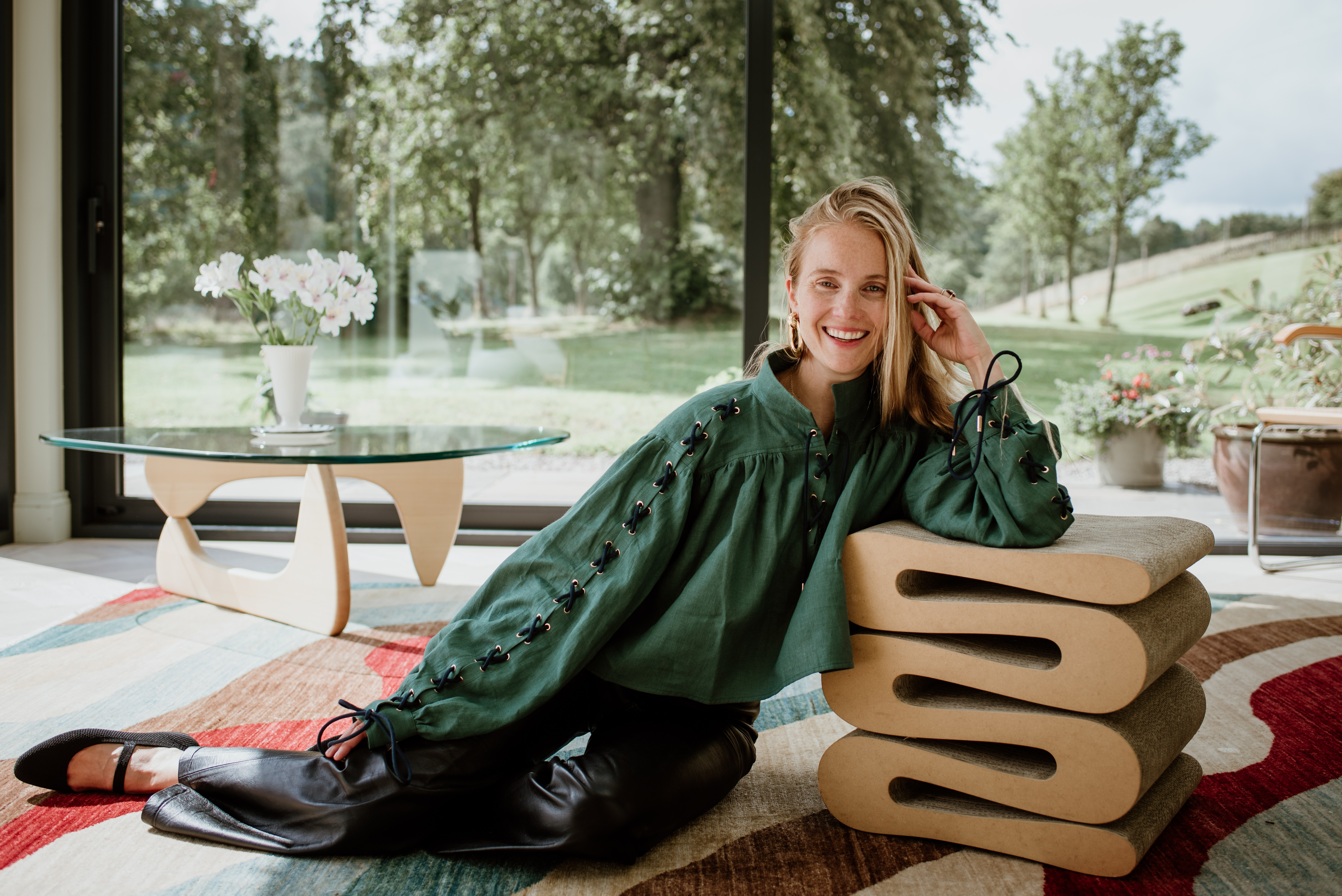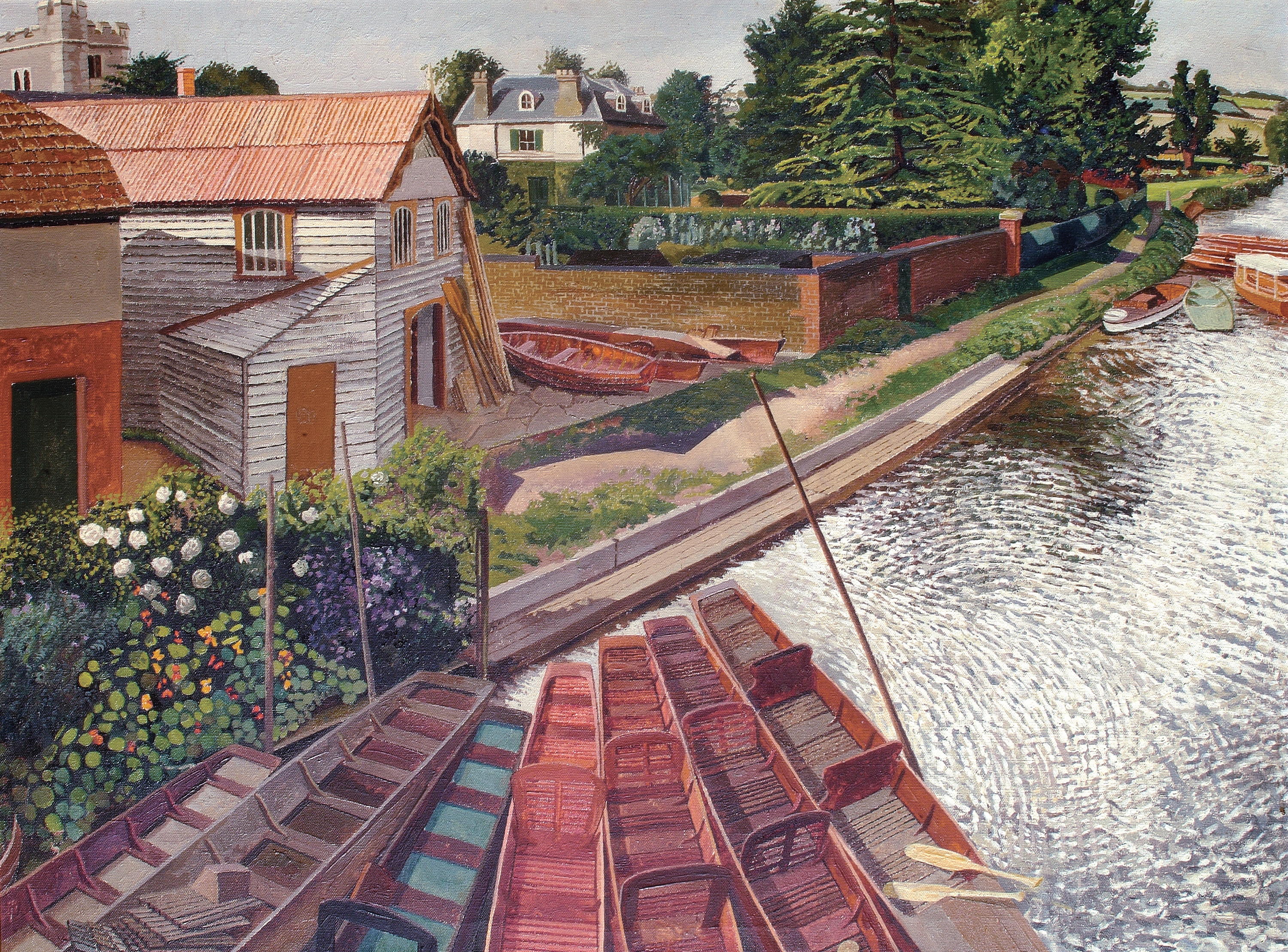What to expect when you start collecting
Starting a new collection can be daunting. Art advisor Patrick Monahan shares his top tips on what and how to buy and what to avoid.

Buy what you love. It’s the most time-tested piece of collecting advice and the history of art is full of spectacular examples of how well it can work — not least when Puerto Rican philanthropist Luis A. Ferré acquired Lord Leighton’s 1895 painting of a sleeping woman, Flaming June, from The Maas Gallery in 1963. The price was £2,000, the highest ever asked since the artist’s death. Ferré never balked. ‘I fell in love with her at first sight,’ he later wrote and shipped Flaming June to his newly founded Museo de Arte de Ponce, Puerto Rico, where the work has been known as ‘the Mona Lisa of the Southern Hemisphere’ ever since.
However, falling in love isn’t always so easy and staying in love is often even harder. As the current advisor of the Museo de Arte de Ponce, as well as of private collectors on both sides of the Atlantic, I’ve witnessed more than my share of art love affairs. Here are some tips for when the collecting Cupid strikes—and a few caveats for when it’s best to give his artful arrow a miss.
Start with a premise
There's almost too much art to see in the world today. Choose a premise for your new collection. If this sounds daunting, think of two or three artists whose work you admire — perhaps even whose work you already own — then look for the links between them.
In the past, these might have been historic or geographic, but, today, collectors tend to think across time and space. Some focus on paintings, drawings or sculpture by, say, women artists from all periods and places. Others pursue a feeling. One collector I advise in New York searches for art that helps her meditate; another insists on paintings that make him laugh out loud.
No matter what course you take, having a premise not only creates the sense of a collection, but also reins it in. That means that, when a work comes along that doesn’t quite fit the plan, it’s easier to let it go.
Make the best of your budget
Exquisite houses, the beauty of Nature, and how to get the most from your life, straight to your inbox.
Very few collections can boast £30 million paintings by Francis Bacon or Mark Rothko. Your collecting premise should, therefore, be based, at least in part, on what you can spend. A young collector I know likes contemporary art — one of the most expensive fields — but she has limited funds. I suggested that she start with works made by mechanical means — that is, photographs, prints, and other multiples by well-known artists, where prices are more modest. This way, her collection has a compelling premise, but is also price conscious.
Watch out, however, for multiples that are too numerous. Keep sellers on their toes by asking: ‘What’s the edition of this piece, please?’
'Just wait until you sell it,’ I said, with a smile. ‘No,’ he answered seriously, his eyes already caressing his glorious new purchase, ‘I don’t think I ever will'
Always go in person
It's impossible to understand a work of art — its scale, let alone its presence — until you’re standing right in front of it. It’s also quite savvy to attend an auction or gallery exhibition yourself. An auctioneer will usually take a bid in the room before one on the telephone or from the internet. When I’m in a saleroom, I try to catch the auctioneer’s eye right away, then wait until the bidding has slowed down before entering the fray.
Similarly, at a gallery, showing genuine interest to a dealer (as well as, perhaps, even that extra bit of charm) may generate a good discount.
I’m also constantly surprised at what’s hanging right next to the piece I came to see in the first place. All too often, I end up buying that instead.
Consider condition
Even the greatest work of art deserves a pass when it’s not in the greatest nick. I suggest that collectors wear different ‘glasses’, depending on the age, medium and rarity of the work they’re considering. We should expect and overlook a few wrinkles on the Mona Lisa, after all that she’s been through, but a painting created yesterday should look as fresh as a newborn baby.
If you’re in any doubt, consult a conservator who specialises in that work of art’s particular field. One size definitely doesn’t fit all here. Some conservators focus on sculpture, others on silver, others on paintings or works on paper. At the very least, ask the seller to see a picture outside its frame or a sculpture in broad daylight.

Think like a curator
Once you’ve begun your collection, consider how it should hang in your home. Think of it as a well-planned party, where each guest has the chance to be seen in the best possible light. Hang pictures together that have something to say to each other, no matter how unlikely the pairings may seem. A collector I advise in the Caribbean has a large black-and-white photograph in her dining room, a rather noir scene of a vacant storefront, lit by an invisible, uncanny light. She was at a loss for what to hang opposite such a strong work, so I found her an eerie, misty moonscape that could ‘shine’ on it across the room.
Also remember that pictures look their best when professionally installed. Hire a hanging specialist to site them on your walls. Good pictures will look great and even mediocre pictures will look better.
Buy the highest quality you can
There's an old saying in the art world: ‘You may regret your bargains, but never your extravagances.’ That one lot at auction you wished you had placed a cheeky bid on is rarely a loss. On the flipside, there’s great potential gain. A collector and I had the opportunity to purchase a painting that had been the highlight of a major museum exhibition in New York. ‘I’ve never bought a picture for so much money in my life!’ the collector lamented. ‘Just wait until you sell it,’ I said, with a smile. ‘No,’ he answered seriously, his eyes already caressing his glorious new purchase, ‘I don’t think I ever will.’
When all else fails, ask
It's all right not to know all the answers, as long as you know the right person to question. If you’re really serious about collecting, you may consider working with an art advisor. Otherwise, seek out a professional — a dealer, curator or auction-house specialist — who has experience in your specific area of interest and whose eye you trust. Listen to their unbiased, weathered advice, but don’t take it unless it’s truly love at first sight. Art, after all, is for the soul.
Mistakes to avoid
Don’t trust the internet Works of art look deceptively immaculate in online images. Edges get cropped, tears and discolourations become blurred. Don’t be misled. Request honest snapshots.
Don’t overframe Less is almost always more. Very few pictures warrant expensive gilt frames, let alone a sprayed ‘gold’ affair. Choose a modest frame that presents the work best. You’ll know it’s right when the frame itself disappears.
Don’t rush Collecting is a lifelong task. Look, look and look some more without the pressure of buying straight away. When the right work for you comes along, you’ll know — and when the wrong one comes along, you’ll know that, too.
Most of all, don’t get too precious Choices aren’t set in stone and you may not own a work of art forever. Your collection will change direction over time, just as you will. Buying art may be a major purchase, but it isn’t a marriage. Just try not to make it a one-night stand, please.
Patrick Monahan is a writer and an independent art advisor to museums and private collectors, with a special interest in British Art from the 18th Century to the Present. He contributes regularly to Vanity Fair, Country Life, Air Mail, and The Paris Review, and advises the Museo de Arte de Ponce, Puerto Rico, which holds perhaps the most important collection of Victorian and Pre-Raphaelite art outside the UK.
-
 Bare roots: How to find the perfect rose and how to plant it
Bare roots: How to find the perfect rose and how to plant itTabi Jackson Gee moved to a cottage in Wiltshire, and went about finding the perfect rose to bring light and colour to the garden.
-
 Flying backwards, pink milk, and holding your breath. A Country Life quiz of animal facts
Flying backwards, pink milk, and holding your breath. A Country Life quiz of animal factsDo you know the difference between a bobbit worm and a mantis shrimp? You will soon.
-
 ‘I 100% always knew that I was going to do something creative’: Petra Palumbo on her design house, love of Scotland and consuming passions
‘I 100% always knew that I was going to do something creative’: Petra Palumbo on her design house, love of Scotland and consuming passionsThe London ‘It Girl’ turned Scotland-based designer makes tiles with men’s torsos and Henry hoovers on them, has a pug called Raisin and is married to the 16th Lord Lovat Simon Fraser. She chats to Lotte Brundle.
-
 McLaren's three Ellas and the future of motorsport
McLaren's three Ellas and the future of motorsportMcLaren is rewiring the pipeline for women, on track and across the motorsport landscape
-
 The real deal: Can you tell the difference between mined and synthetic diamonds?
The real deal: Can you tell the difference between mined and synthetic diamonds?And would you buy a watch studded with laboratory-made ones?
-
 The wine stash of one of Switzerland’s most secretive billionaires is up for auction
The wine stash of one of Switzerland’s most secretive billionaires is up for auctionA selection from the personal cellar of the late Jörg G. Bucherer is for sale via Sotheby’s. Highlights include double magnums of Petrus, a case of Lafleur 1990, nine cases of Clos de Tart and six 12-bottle cases of Domaine Leroy.
-
 Who won the rivalry between Turner and Constable? It was us, the public
Who won the rivalry between Turner and Constable? It was us, the publicA forthcoming exhibition at Tate Britain that revives the rivalry between these two 19th century painters sheds new light on their relationship.
-
 Audi has been designing icons for 60 years. Here are some of the best
Audi has been designing icons for 60 years. Here are some of the bestFrom the first Quattro, to the TT and the R8, Audi has always been able to turn a head. Adam Hay-Nicholls, our man in Rioja, explains why.
-
 Haute dogs: How fashion’s finest would dress 11 dogs and one very spoilt cat if only they had the chance
Haute dogs: How fashion’s finest would dress 11 dogs and one very spoilt cat if only they had the chanceWe’ve matched some much-loved breeds to the designers that share their history, temperament and vibe — because why not. Illustrations by Tug Rice.
-
 'Love, desire, faith, passion, intimacy, God, spiritual consciousness, curiosity and adventure': The world of Stanley Spencer, a very English visionary
'Love, desire, faith, passion, intimacy, God, spiritual consciousness, curiosity and adventure': The world of Stanley Spencer, a very English visionaryStanley Spencer’s talent for seeing the spiritual in the everyday, his stirring sense for the wonder of Nature and his love for the landscapes of Berkshire and Suffolk shaped his art, as Matthew Dennison reveals.